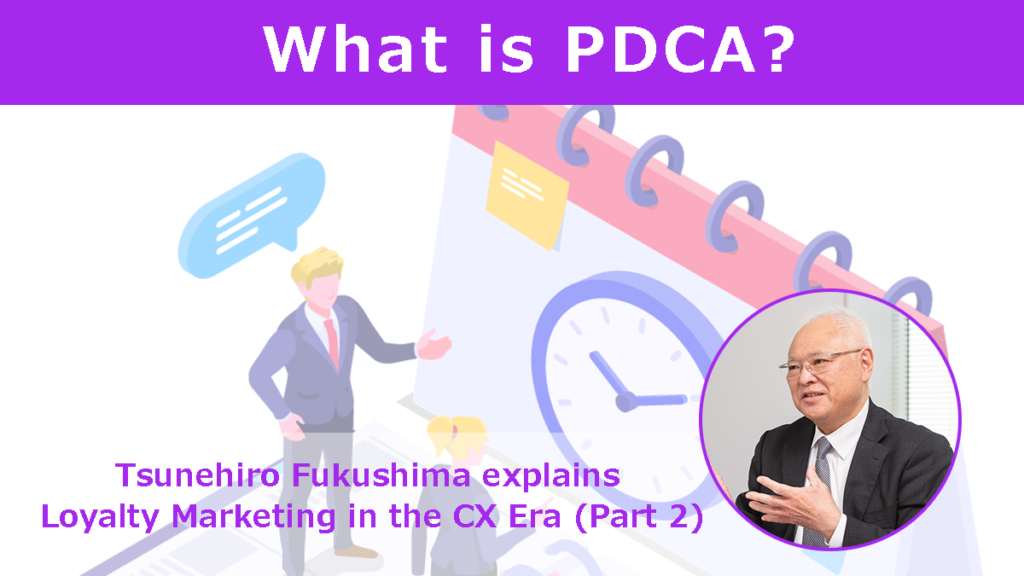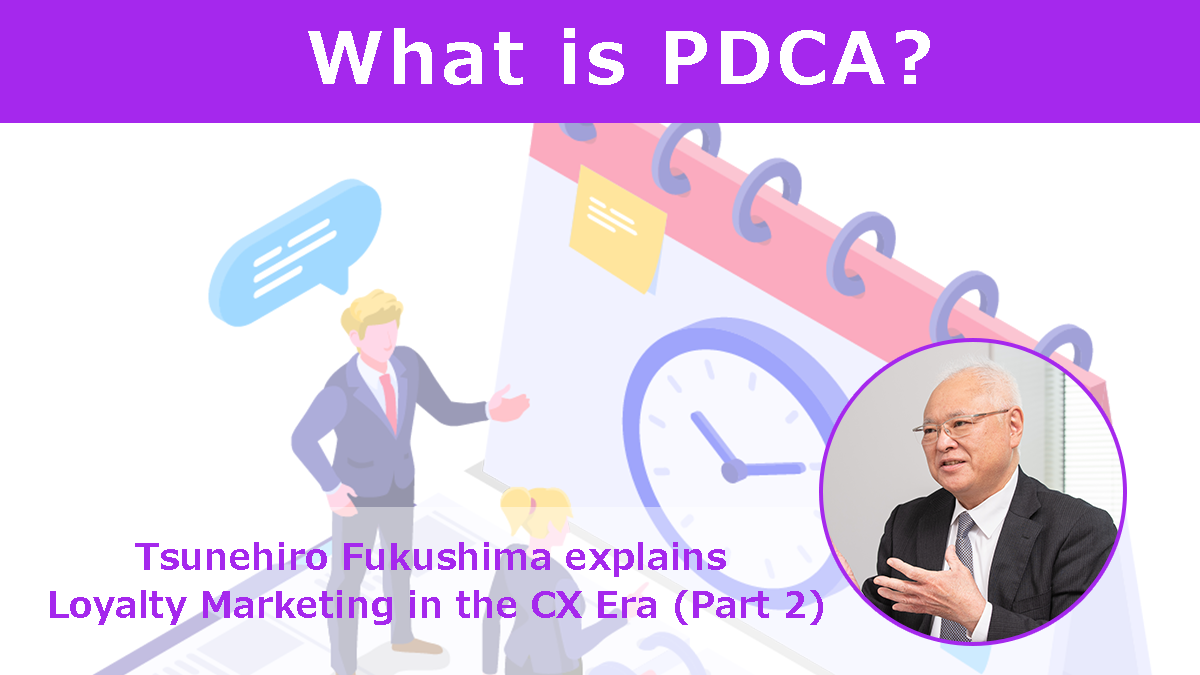What is the PDCA cycle? The PDCA cycle is a framework consisting of the initial letters of Plan, Do, Check, and Action. To successfully implement a project or measure, a plan is first formulated and executed. Then, the results are verified and evaluated, and improvements are made. This is a looped model that attempts to lead to better results by continuously rotating this cycle to provide continuous feedback. It was originally proposed in the 1950s with the goal of identifying areas in the production process that needed improvement or enhancement so that they could be changed.

Contents
PDCA cycle is important for all corporate activities
It is very important to implement the PDCA cycle in all corporate activities, not just marketing. Projects and measures begin with a plan, but the planning process is not always the best way to achieve good results. Because no matter how good the plan is, it is usually impossible to achieve good results simply by executing it.
The PDCA cycle has long been used in the marketing industry. If a company is proactive in marketing, it will have a marketing plan. This is the plan for the PDCA cycle. Once the plan is implemented (Do), the results are evaluated (Check), and the results are linked to the next improvement measure (Action). For example, a consumer goods manufacturer often runs a PDCA cycle every three months, while a government agency may only run the cycle every other year or even longer.
What is the PDCA that will focus on CX in the future?
The PDCA cycle has been actively incorporated into marketing in the past, especially as it is considered compatible with STP (Segmentation, Targeting, and Positioning) and 4P (Marketing Mix: Product, price, promotion, and place).
The PDCA cycle was relatively easy to check and manage. However, in the coming era of loyalty marketing, companies must aim to be chosen by their customers by focusing on CX. The points of contact with customers are becoming more diverse and complex. The need to build a good long-term relationship with a customer, rather than having the customer purchase a product and be done with it, has increased the number of points to be managed incomparably bigger than in previous marketing efforts. While there are naturally large KPIs, the implementation of loyalty marketing, which generates many other detailed KPIs, requires ingenuity in the way the PDCA cycle is run and in management methods.
For example, when the Internet and smartphones were not as widespread as they are today, the advertising strategy of large companies was mainly mass advertising. The structure was simple: measure how much TV commercials were used and how much the recognition rate increased as a result of the TV commercials. The PDCA cycle was also simple, with Plan as the number of TV commercials and Check as the measurement of the recognition rate through a questionnaire or survey.
In the age of loyalty marketing, however, marketing initiatives are not limited to TV commercials. Companies must now communicate with customers long after they have made a purchase in order to increase loyalty. As various points of contact occur, such as active conversations on SNS and e-mail exchanges through loyalty cards, etc., the number of conversations that occur on SNS, e-mail open rates, and the number of applications to campaigns can be considered as detailed KPIs. As this happens, the elements and indicators in the PDCA cycle become more and more complex, and the number of items to be checked becomes so large that they may no longer be manageable.
What can be done to avoid unmanageable conditions? It is loyalty marketing, that is, focusing on and properly measuring customer loyalty, the most important KPI in marketing in this CX-oriented era. Various methodologies have been proposed for measuring loyalty, but we recommend the 5As (Five A’s) as the Check method of the PDCA cycle. The concept of advocacy (recommendation), which Kotler advocated in his book “Marketing 4.0” and which is now widely used as a standard indicator worldwide, is based on the premise that customers will recommend a product to others if they really like it. So, to put it the other way around, companies can measure customer loyalty by measuring how many customers have recommended them to others.
This may seem very simple, but it is extremely essential. For example, even if you list all large numbers of detailed KPIs, it would be difficult to know whether the PDCA cycle checks are working or not. Given this perspective, perhaps the ultimate form of loyalty marketing is for all companies around the world to regularly check their loyalty using the 5As.
Tsunehiro Fukushima will direct your marketing efforts
At transcosmos, we offer marketing strategy proposals in line with the 5A concept advocated by Philip Kotler. For actual proposals, Tsunehiro Fukushima, the commentator of this article, supports loyalty marketing optimized for the digital age. First of all, please tell us your company’s concerns.
Tsunehiro Fukushima
Corporate Executive Officer, transcosmos inc.
Director, Japan Marketing Association
After completing graduate studies at Tokyo Institute of Technology, he joined Ajinomoto Co., Inc. He then worked for GE Capital, Mitsubishi Corporation, Gurunavi, Inc., and Medical Data Vision Co., Ltd., where he served as head of big data business and marketing. His areas of expertise include new business and new product development, brand theory, medical business, and loyalty marketing. At transcosmos, he is in charge of marketing-related business development and is the exclusive provider in Japan of the 5A diagnosis introduced in the book “Kotler’s Marketing 4.0”.

